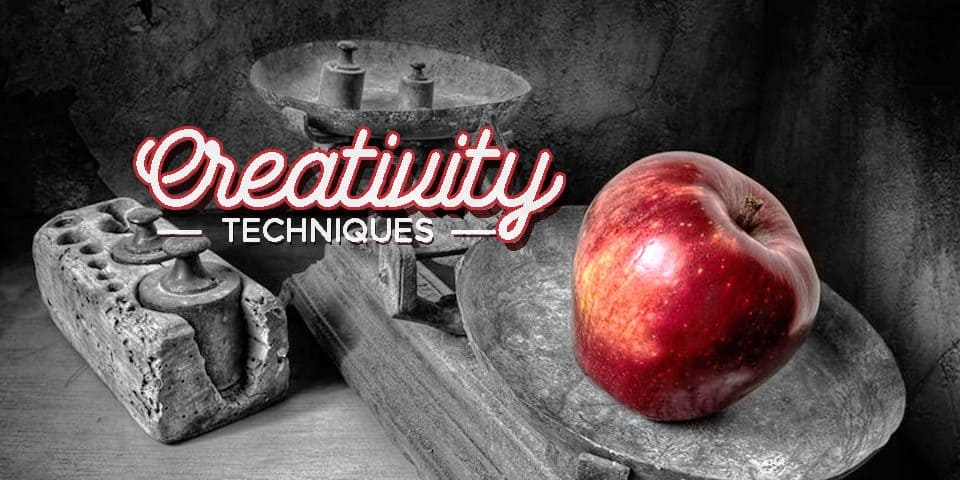
Marketing’s job starts before a product exists.
September 2, 2016
Find customers needs and fill them.
October 6, 2016Creativity

There is a great payoff in building a strong corporate brand. Apple can put its name on any electronic device and customers will prefer it to the competition.
The major requirement for corporate branding is for the company to stand for something, whether it is quality, innovation, friendliness, or something else. Take Caterpillar, the heavy construction equipment manufacturer. Caterpillar’s brand personality triggers such associations as hardworking, resilient, tough, bold, and determined. So Caterpillar has been able to launch Cat jeans, sandals, sunglasses, watches, and toys, all designed with the same traits in mind.
A strong corporate brand needs good image work in terms of a theme, tagline, graphics, logo, identifying colors, and advertising dollars. But the company shouldn’t overlay on an advertising approach. Corporate image is more effectively built by company performance than by anything else. Good company performance plus good PR will buy a lot more than corporate advertising.
Creativity
Companies formerly won their marketing battles through superior efficiency or quality. Today they must win through superior creativity. One does not win through better sameness; one wins through uniqueness.
Winning companies such as IKEA, Harley Davidson, and Southwest Airlines are unique. Uniqueness requires developing a culture that honors creativity.
There are three ways to increase your company’s creativity:
1. Hire more naturally creative people and give them free rein.
2. Stimulate creativity in your organization.
3. A contract for creativity help.
Creativity Techniques
• Modification analysis. With respect to some product or service, consider ways to adapt, modify, magnify, minify, substitute, rearrange, reverse, or combine.
• Attribute listing. Define and modify the attributes of the product. For example, in seeking to build a better mousetrap, consider ways to improve bait, method of execution, method of hearing execution, method of removal, shape, material, price.
• Forced relationships. Try out new combinations. For example, in trying to build a new type of office furniture, consider combining a desk and a bookcase, or a bookcase and a filing system.
• Morphological analysis. Play with the basic dimensions of the problem. For example, in trying to move something from one point to another, consider the type of vehicle (cart, chair, sling, bed), the medium in which/by which the vehicle operates (air, water, oil, rollers, rails), and the power source (compressed air, engine, steam, magnetic field, cable).
• Product problem analysis. Think of all the problems that a specific product has. For example, chewing gum loses its flavor too quickly, may cause dental cavities, and is hard to dispose of. Think of solutions to these problems.
• Decision trees. Define the set of decisions that are to be made. For example, to develop a new grooming aid, decide on the user (men or women); type of aid (deodorant, shaving product, cologne): type of package (stick, bottle, spray): market (commercial, gift); and channel (vending machines, retailers, hotel rooms).
• Brainstorming. Gather a small group and pose a problem, such as, “Find new products and services that homes might need.” Encourage freewheeling thinking, stimulate a maximum number of ideas, try new combinations, and avoid criticism at the beginning.
• Synectics. Pose a generic problem, such as how to open something, before posing the real one, hoping that broadens the thinking.
A major source of ideas can come from futurists such as Alvin Toffler, Faith Popcorn, and the trends they have spotted.
Smart companies set up idea markets. They encourage their employees, suppliers, distributors, and dealers to offer suggestions that will save costs or yield new products, features, and services. They establish high-level committees that collect, evaluate, and choose the best ideas. And they reward those who suggest the best ideas. Alex Osborn, the developer of brainstorming, said: “Creativity is so delicate a flower that praise tends to make it bloom, while discouragement often nips it in the bud.”
It is sad that creativity probably peaks at age 5 and then children go to school only to lose it. The educational emphasis on left brain cognitive learning tends to under nurture the creative right brain.

